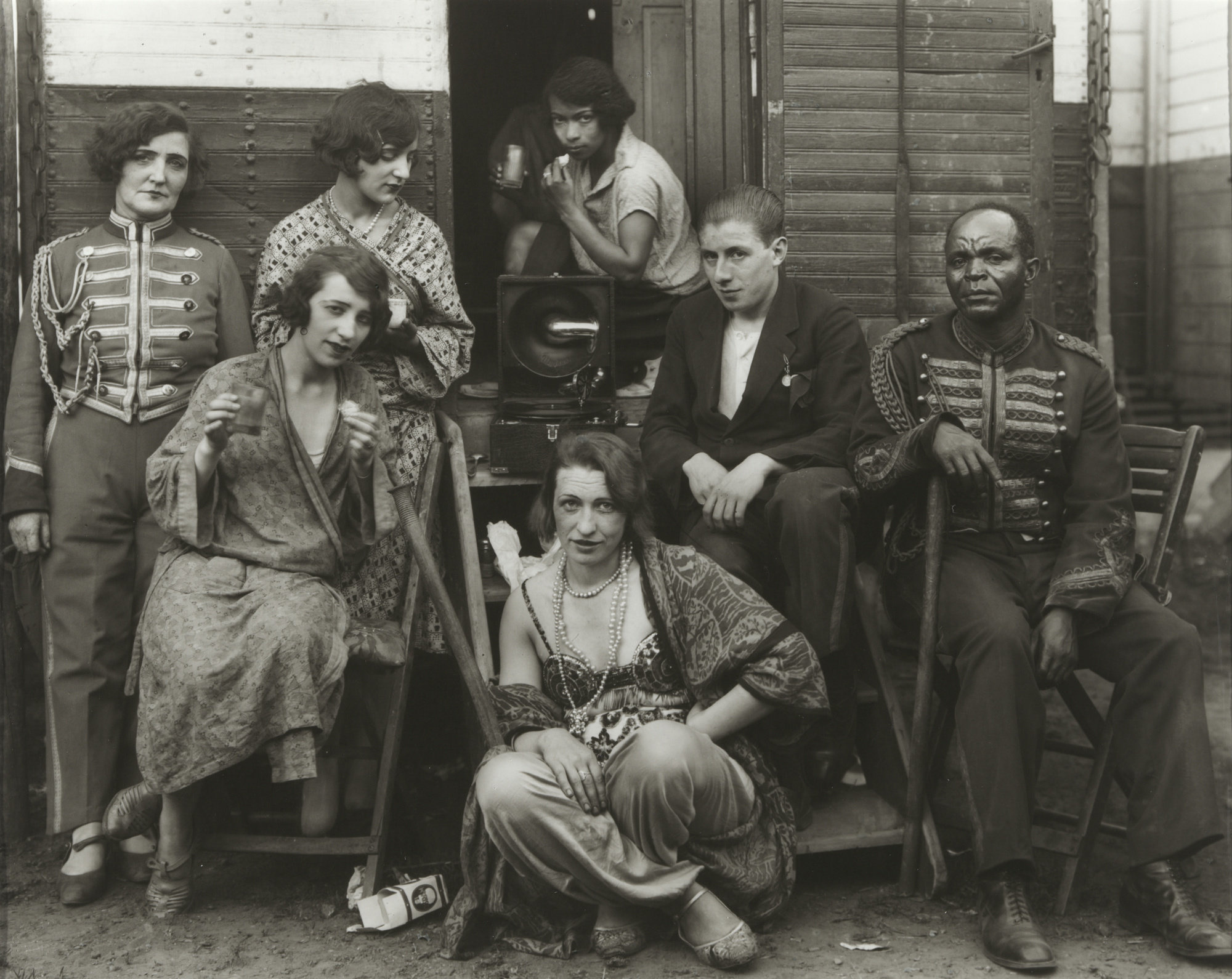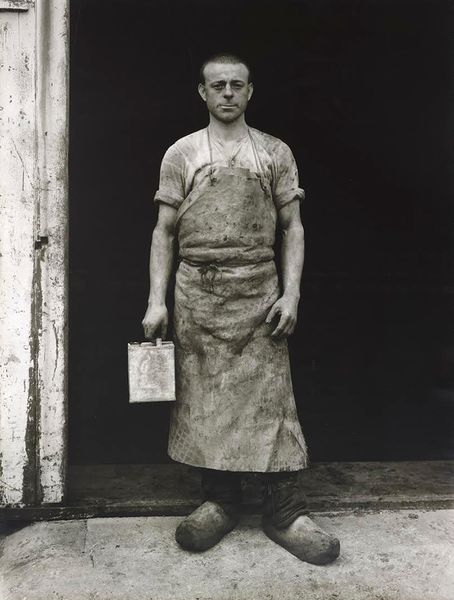August Sander – Case Study

August Sander was a German photographer born (born November 17, 1876, Herdorf, near Cologne, Germany—died April 20, 1964, Cologne.) Sander acquired his first camera in 1892, where he took up photography as a hobby. After his service in the military, Sander began to look into Photography as a profession. He started by working in photography firms and studios in Germany. In the year of 1904 August had opened his own studio, after this he settled permanently in Cologne.
After photographing local farmers in Cologne, Sander had become inspired to produce portraits of German people from all social classes and different backgrounds. Sander’s portraits were usually very stark and distinct. The person would be standing straight on in natural light. The class and profession were evident to see by looking at their clothes, gestures and the background of the portrait.
Key portraits from Sander:



Key Image Analysis:
This influential portrait of a bricklayer was taken in 1928 by Sander, it is still one of his most celebrated portraits. This photo depicts a bricklayer (whose profession is clearly very hard-wearing and strenuous) maintaining a proud/strong pose despite of what he is going through. It seems that the bricklayer is emerging from the darkness and there is some light shining directly onto his face, his head is almost framed by the bricks around his neck which creates a dramatic noticeable effect. The bricklayer’s tough stare and strong pose with the hand on the waist also creates the idea he is powerful.
This photograph belongs to Sander’s project ‘People of the 20th Century’ which is centered on a social analysis of the German people at the time. Sander divided his portraits into seven main groups:
‘The Farmer’, ‘The Skilled Tradesman’, ‘The Woman’, ‘Classes and Professions’, ‘The Artists, The City’ and ‘The Last People’.
This photograph is from the group ‘The Skilled Tradesman’.
